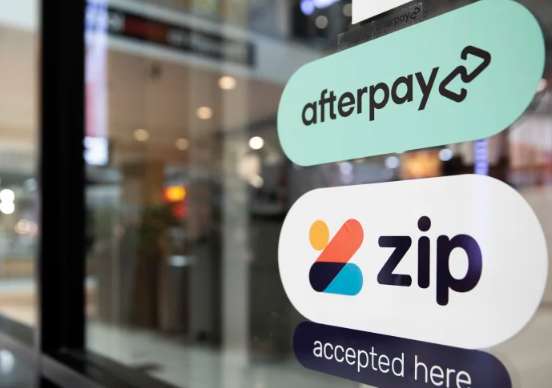Let’s face it: cash is quickly becoming a relic of the past. With more people tapping phones and waving watches to pay, the good ol’ days of jingling coins and counting out notes at the checkout are slipping away. So how do we teach kids the value of money when they hardly ever see it? The answer might be in what they hear.
The Age of Invisible Currency 🌐
Remember the days when you’d pull out a tenner to pay for ice cream, and your kids’ eyes would light up at the sight of cold, hard cash? Well, now it’s more like a quick tap and—boom!—transaction done. No physical exchange, no magic moment.
The stats back this up: over 50% of Australians don’t carry cash anymore, up from just a third a couple of years ago. Our pockets are getting lighter, but are our kids’ understanding of money becoming, well… lighter too?
The Double-Edged Sword of Convenience 🗡️
While cashless payments make life super easy (no more scrambling for coins at the bottom of your bag!), it can leave kids with a fuzzy understanding of money. They see us pay, but do they really grasp what’s happening? Without handling money, kids might miss the link between paying and spending—a key concept for adult life.
So, how can we make sure the next generation grows up financially smart, even in a world where money seems to have vanished into thin air?
Teaching Money Smarts: A Family Affair 👨👩👧👦
Money may be becoming more abstract, but teaching financial literacy doesn’t have to be. The trick is making sure kids understand the choices we make, even if they don’t see the cash itself.
Parents and grandparents play a crucial role. Kids mimic what they see—so, if they watch you make thoughtful spending decisions, they’re more likely to follow suit. You’re their financial role model, even if you don’t feel like one!
Some schools are already teaching kids about what cash is (before it turns into a history lesson!). But a hands-on approach at home is equally important.
Family Values and the Mighty Dollar 💸
Believe it or not, research shows that kids’ money habits are largely formed by age seven! Yep, by the time they hit second grade, their attitudes about spending and saving are already taking shape. So, it’s never too early to start talking about money and making it part of your family’s value system.
Think about your own relationship with money. Did your parents teach you the value of saving or the importance of not overspending? These are the lessons that can stick with kids for life—so why not pass them down?
Money Talks: Start the Conversation 🛒💬
If kids aren’t seeing you whip out cash, the next best thing is to involve them in conversations about money. Whether it’s around the dinner table or at the supermarket, talk to them about the choices you’re making.
While grocery shopping, for example, point out why you’re buying the store brand instead of the more expensive option. Explain that by saving money on one thing, you can afford to spend more on something else that matters. It’s about showing them how money works in real life.
And here’s a pro tip: Instead of saying, “We can’t afford that,” try, “That’s not a priority right now.” It puts the power in your hands and teaches kids that financial decisions are about choices, not just limitations.
While many of us have switched to paperless bills, there’s still something valuable about the old-fashioned bill in the letterbox. Older kids can really benefit from seeing tangible reminders of life’s expenses—whether it’s electricity, gas, rates, or even car registration. It’s a simple way to show them that life costs money, and it’s perfectly okay for them to understand these financial responsibilities early on.
Smart Savings: A Lesson for Life 📈
Okay, so maybe table talk about investing might go over a 6-year-old’s head, but don’t underestimate the power of positive reinforcement. Show them that saving for important things—like education or a big family holiday—takes planning. And when they see the results of that planning, they’ll start to understand the bigger picture.
A great way to teach kids about smart financial habits is by setting up a savings plan for their future—whether it’s an Education Fund or a savings account for their first car. Imagine if every time they received money for a birthday, Christmas, or from a part-time job, they put 30% into a special account to access when they turn 18. While they might not fully grasp the details of tax benefits, they’ll start to understand that financial planning is not only smart but also pretty cool.
Teaching kids about money in a world where cash is disappearing may seem tricky, but with a little creativity, you can make it fun and engaging. After all, it’s not about whether they see the money—it’s about how they understand and value it. 💡👛





